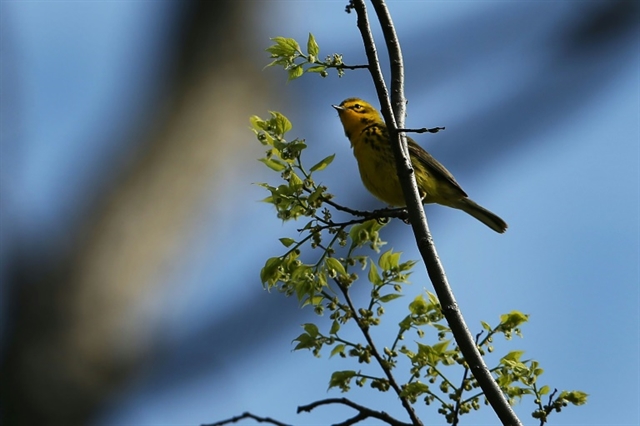 Life & Style
Life & Style

The number of birds in the United States and Canada has fallen by an astonishing 29 per cent, or almost three billion, since 1970, scientists reported on Thursday, saying their findings signaled a widespread ecological crisis.

|
| A Prairie Warbler spotted at Prospect Park in the Brooklyn borough of New York City in 2014. — AFP Photo |
NEW YORK — The number of birds in the United States and Canada has fallen by an astonishing 29 per cent, or almost three billion, since 1970, scientists reported on Thursday, saying their findings signaled a widespread ecological crisis.
Grassland birds are the most affected, because of the disappearance of meadows and prairies and the extension of farmland, as well as the growing use of pesticides that kill insects that affects the entire food chain.
But forest birds and species that occur in a wider variety of habitats -- known as habitat generalists -- are also part of the downward trend.
"We see the same thing happening the world over, the intensification of agriculture and land use changes are placing pressure on these bird populations," said Ken Rosenberg, an ornithologist at Cornell University and principal co-author of the paper in Science.
"Now, we see fields of corn and other crops right up to the horizon, everything is sanitized and mechanised, there's no room left for birds, fauna and nature."
More than 90 per cent of the losses are from 12 species including sparrows, warblers, blackbirds, and finches.
The figures mirror declines observed elsewhere, notably France, where the National Observatory of Biodiversity estimates a 30 per cent decline in grasslands birds between 1989 and 2017. — AFP




